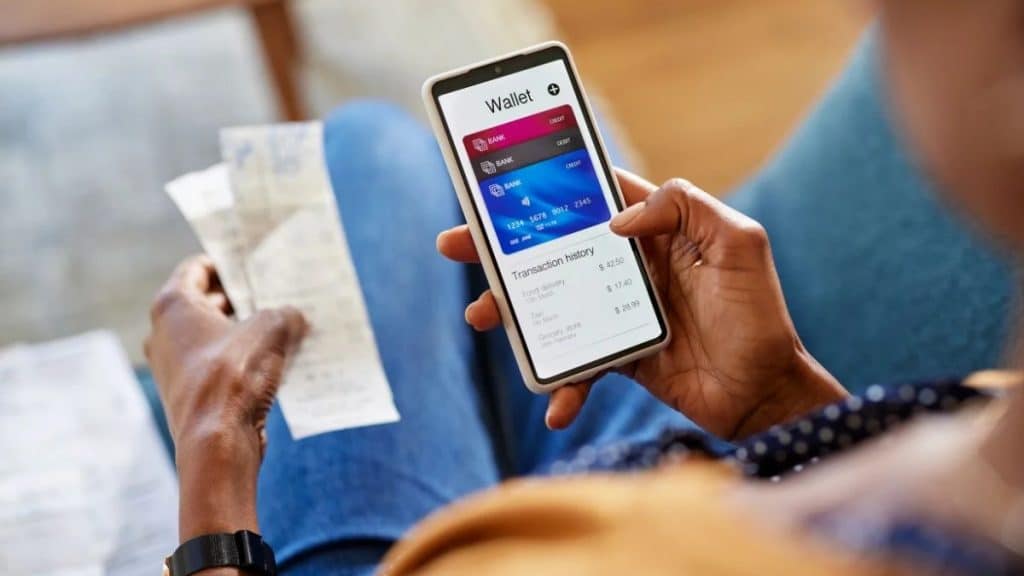In today’s digital age, the need for secure methods to store, manage, and exchange digital assets has risen significantly. A digital wallet has become an essential tool for anyone involved in the world of online financial transactions. Whether you’re buying, selling, or simply holding digital assets, knowing how to use a digital wallet safely is crucial. This article will explore the various aspects of a digital wallet, its types, features, and how to choose the best one for your needs.
What is a Digital Wallet?
A digital wallet is a software-based system that securely stores your digital assets, such as digital currencies, identity information, and other personal data. It functions similarly to a physical wallet, but instead of carrying cash or cards, it stores information in a digital format. These wallets allow users to access, transfer, and receive assets through a secure system of cryptographic keys.
The digital wallet acts as a bridge between your assets and the blockchain networks or other systems that manage those assets. For those unfamiliar with digital wallets, it might seem complex, but with the right guidance, you can learn how to use it effectively and securely.
Types of Digital Wallets
Digital wallets come in several types, each offering different features and levels of security. Understanding the differences between these types can help you choose the one that best suits your needs. You can also explore Immediate Code for further information.
Software Wallets
Software wallets are digital wallets that are downloaded and installed on your computer or mobile device. These are highly convenient for users who want to manage their assets frequently, as they offer easy access through an app or software interface.
There are two main types of software wallets:
- Desktop Wallets: These are installed on your computer and provide an easy-to-use interface to store and manage your assets. They are more secure than mobile wallets since your assets are stored offline in most cases.
- Mobile Wallets: Designed for smartphones, these wallets are perfect for users who want quick access to their assets on the go. Mobile wallets are often integrated with features like QR code scanning for easy transactions.
Hardware Wallets
Hardware wallets are physical devices that store your digital assets offline. They are one of the most secure types of wallets available, as they are less vulnerable to hacking attempts and malware compared to software wallets. Hardware wallets are usually small, portable, and work by generating and storing private keys securely on the device.
One of the most popular examples of hardware wallets is a USB drive that you can connect to your computer to manage your assets. The key advantage of hardware wallets is that they provide an extra layer of security by keeping your private keys offline, reducing the risk of online theft.
Web Wallets
Web wallets are online wallets that are hosted on the web, typically provided by third-party services. These wallets are very easy to set up and use, and they can be accessed from any internet-enabled device. However, web wallets are generally less secure compared to software or hardware wallets since they are stored on a server and can be vulnerable to attacks if the provider is compromised.
While web wallets are convenient for beginners and casual users, they are not the best option for those who prioritize security. If you opt for a web wallet, ensure that the provider uses strong encryption and has a good reputation for protecting user data.
Paper Wallets
A paper wallet is a physical printout of your digital wallet’s public and private keys. This form of wallet is completely offline, providing maximum security since it is not connected to any network. Paper wallets are a great option for long-term storage, as they are immune to hacking attempts and malware attacks.
However, paper wallets come with their own risks. If the paper is lost or damaged, the assets become irretrievable. Therefore, it’s essential to store paper wallets in a safe place to avoid accidental loss.
Key Features to Look for in a Digital Wallet
When choosing a digital wallet, it’s important to consider certain features that will help you manage and protect your digital assets. Here are some essential features to look out for:
Security
Security is the most crucial factor when choosing a wallet. Ensure that your wallet provides robust encryption, two-factor authentication (2FA), and backup options to protect your private keys. Many wallets also offer multi-signature features, which require more than one signature to authorize a transaction, adding another layer of security.
Customer Support
Customer support is a vital feature to consider, especially for beginners. A responsive customer support team can guide you through technical issues or any other queries you might have regarding your wallet.
How to Use a Digital Wallet Safely
Using a digital wallet comes with its risks, especially when it comes to managing private keys. If your private key is compromised, you risk losing access to your assets. Here are some safety tips to ensure your digital wallet remains secure:
Conclusion
A digital wallet is an essential tool for securely storing and managing your digital assets. With the wide variety of wallets available, from software-based options to offline hardware devices, it’s important to choose the one that best suits your needs and security preferences. Whether you’re a casual user or a serious investor, understanding the different types of digital wallets and following best practices for safety can help you make the most of your digital asset management.
